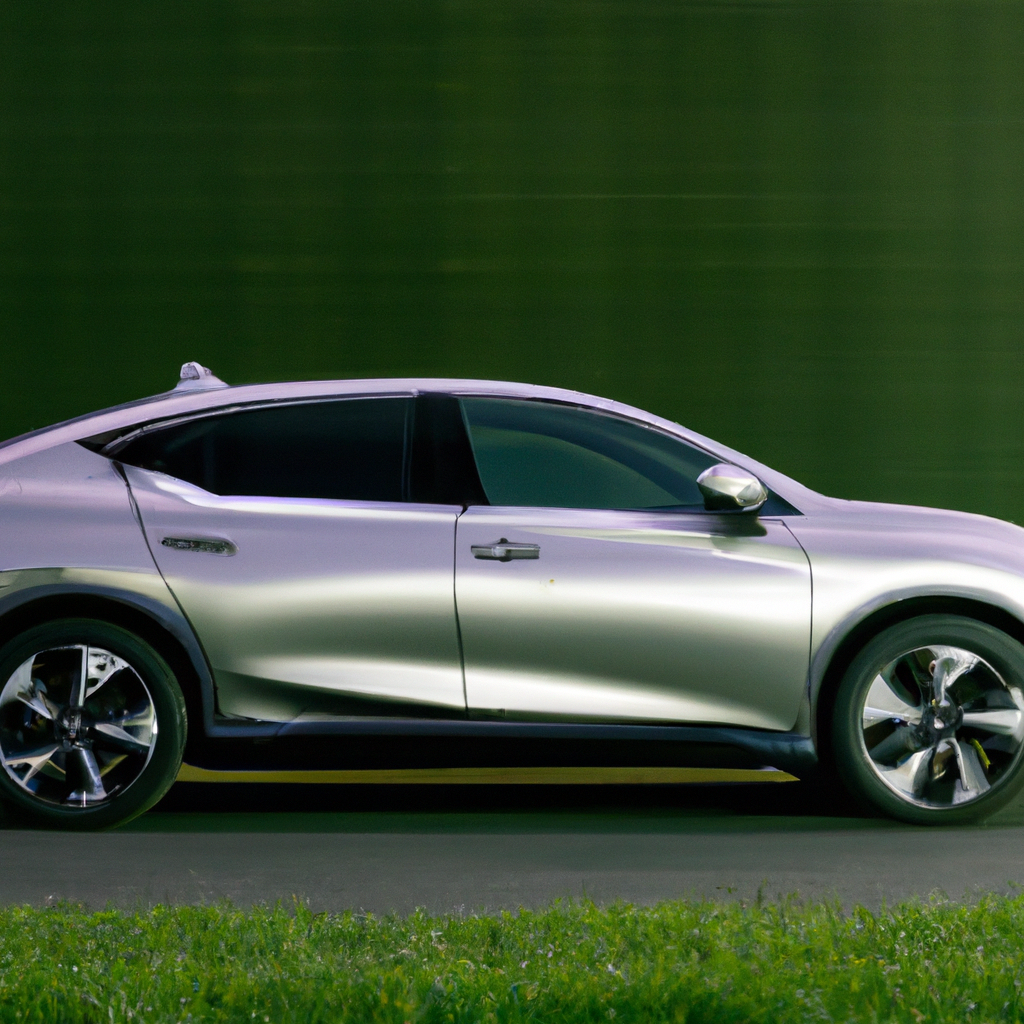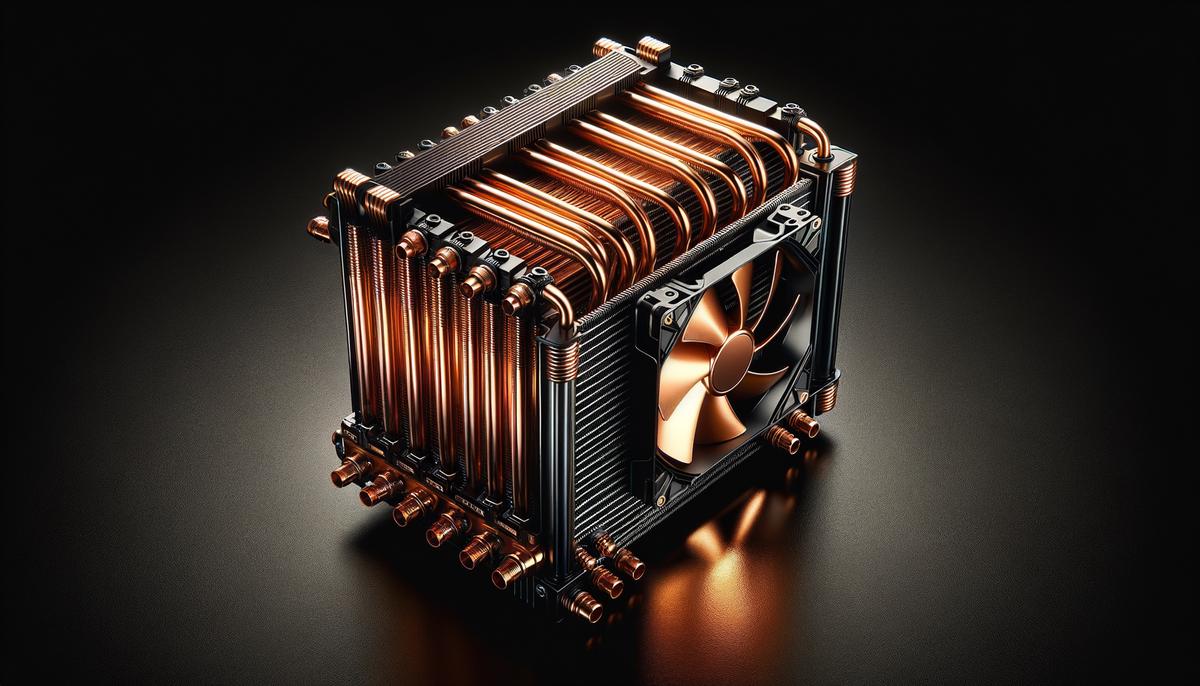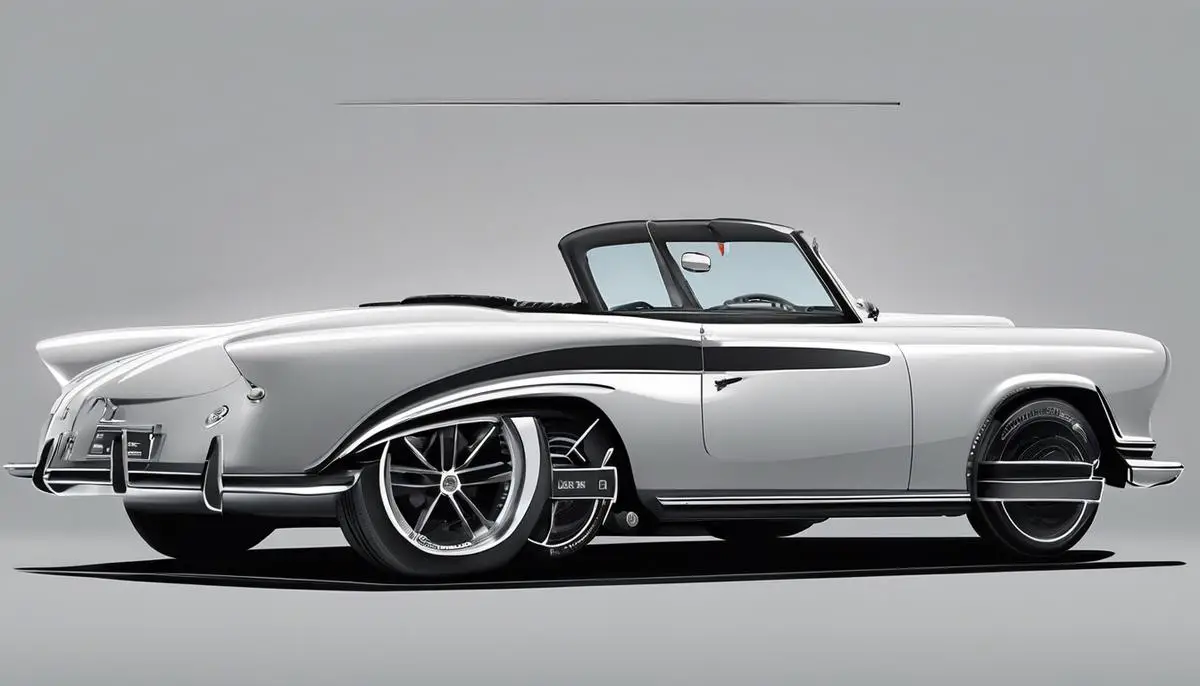In the world of autos, fuel economy is an essential factor for potential buyers. It is defined as the relationship between how far a vehicle can travel and the amount of fuel it requires. This value is crucial as it significantly impacts the overall driving expense. Focusing on two popular models, the Honda Civic and the Mazda 3, we aim to provide a comprehensive insight into their respective fuel economies. This includes revealing the specifics of their city, highway, and combined miles per gallon features. Factors such as driving conditions, model year variations, and optional extras’ effect on fuel consumption will also be taken into account.
Understanding Fuel Economy
Title: Understanding Fuel Economy and Its Influence on Car Ownership Costs
Diving into the world of car ownership, it’s important to arm ourselves with all the knowledge available. This in-depth understanding enhances our appreciation of what can often become more than a mere hobby. One fascinating and crucial aspect centers around ‘fuel economy‘, a commonly used term, but often misunderstood.
Fuel economy is the distance a car can cover per unit of fuel consumed. In the U.S, it’s typically measured in miles per gallon (MPG), whereas in many other parts of the world, liters per 100 kilometers (L/100km) is the standard. Essentially, the higher the mile per gallon number, the better the fuel economy. A car that has a high MPG consumes less fuel to cover the same distance, hence proving more efficient.
Understanding fuel economy impacts the decisions we make as car enthusiasts in several major ways. Here’s why!
Fuel economy directly relates to the running costs of a car. Why so? Well, a vehicle with a better fuel economy will require less fuel to travel the same distance compared to one with poorer fuel economy. Consider this – two cars travel 100 miles. Car A does 20 MPG and Car B, 30 MPG. Car A would require 5 gallons of fuel, whereas Car B would only need around 3.33 gallons. That’s a significant difference.
Given the fluctuating prices of fuel, owning a vehicle with good fuel economy can hedge against rising fuel costs. Over the lifetime of a car, these savings are substantial. It’s crucial to consider this when weighing up the initial purchase price of a car against its running costs. Sometimes, a more expensive car with a better fuel economy can prove to be more cost-effective in the long run.
Beyond the financial aspect, fuel economy is vital from an environmental perspective too. A car with superior fuel economy emits less carbon dioxide, contributing less to global warming. Therefore, investing in a car with better fuel economy carries ecological benefits, making it a responsible choice.
Finally, cars with high fuel economy are often advantageous in dense urban areas or long commute distances where frequent fuel station stops would be impractical or inconvenient. A high MPG car allows for fewer stops, saving time and bolstering convenience, a luxury in today’s fast-paced world.
Indeed, fuel economy is more than just a metric. It’s a critical tool in weighing the real cost of owning a vehicle that often goes beyond the sticker price. By understanding and considering fuel economy in your vehicular decisions, you navigate your car-owning journey with increased insight.
Smooth journeys ahead, folks! Drive on with enhanced knowledge, and appreciate your wheels like never before. Stay tuned for more insightful articles!

Honda Civic: A Detailed Insight on its Fuel Economy
Brighten your headlights for this fuel-efficient ride through the highways and byways of the Honda Civic’s gas mileage performance!
Entering the fray of fuel economy champs, the Honda Civic manages to hold its own against tough competition. Throughout its various generations, this car has remained a staple choice for those seeking an excellent balance of power, affordability, and, of course, fuel efficiency.
The Civic flexes its fuel efficiency muscles in real-world conditions as well as it can in controlled testing environments. Many car owners have reported smooth experiences during their daily commutes, with their beloved Civics achieving impressive miles per gallon (MPG) rates.
The current generation Honda Civic, for example, sports a combined MPG rating that is considerably above average, taking into account city and highway driving. This makes pit stops fewer and farther in between, a key selling point for those epic road trip plans or frequent long-haul drives from the ‘burbs to the city.
Now, let’s not forget the fuel economy champs of the Civic clan – the Honda Civic Hybrids and the Civic HF models. These two are considered true fuel misers, with excellent MPG that will put a gleaming smile on a frugal commuter or conscientious driver for the environment.
The Civic Hybrid, with an electric motor supplementing the work of the gasoline engine, has a much higher MPG in city driving, a spectacle for hybrid vehicles thanks to their regenerative braking advantages. On highways, their MPG isn’t bad either.
On the other hand, the Civic HF aims to squeeze out every possible drop. Equipped with aerodynamic features like underbody panels and low-rolling-resistance tires, the Civic HF manages to keep a very high MPG.
Running alongside this is the Eco Assist system integrated into the Civic. This system educates drivers on mastering efficient driving practices that can positively affect fuel consumption patterns without hampering the driving experience.
Lastly, even the civic versions designated for performance, notably the Civic Si and Civic Type R, manage to deliver respectable fuel efficiency numbers for their class. Owning one of these without breaking the bank pumping gas is entirely possible, an appreciable fact for the performance-oriented commuter.
When tasked with a question of the Honda Civic’s performance in the realm of fuel economy, the answer is relatively glowing. This car brand has continued to hold the fort in terms of fuel consumption, maintaining affordability while ensuring a commendable performance. Fuel economy, meet your reliable companion, the Honda Civic.

Mazda 3’s Fuel Efficiency
Plunging headfirst into the world of the beloved Mazda 3, this eye-catching compact fixture surely has its own set of feathers to flaunt, especially in the arena of fuel economy. This respectably efficient people carrier surprises many with its hearty balance of performance and frugality at the pump.
First things first, let’s explore the Mazda 3 in its sedate guise. In the realm of compact sedans, fuel efficiency becomes a key battleground. The latest Mazda 3 sedan is listed with an EPA estimated fuel economy of 27 MPG in city driving conditions and 36 MPG on the highway when equipped with an automatic transmission. Defaulting to a manual transmission brings those figures slightly lower to 25 MPG in city and 33 MPG on the highway – still pretty commendable given the punchy performance offered by Mazda’s playful runabout.
When it comes to the hatchback variant, the numbers take a slight dip. With an automatic transmission, the hatch is touted to achieve an estimated 26 MPG in urban environments and about 34 MPG with highway driving. Yet again, the manual gearbox variant scores a notch less with ratings of 24 MPG in city conditions and 32 MPG on long-distance stints.
One cannot talk about the Mazda 3’s MPG figures without mentioning its innovative Skyactiv technology. Skyactiv is Mazda’s holistic, ground-up approach to redefining efficiency and performance, focusing on engine, transmission, body, and chassis design. The result is enhanced fuel efficiency without compromising driving dynamics, a signature attribute of every Mazda 3.
A noteworthy contender in Mazda’s corner is the turbocharged Mazda 3. Despite being performance-oriented, it does pose respectable MPG returns. In city scenarios, one can expect about 23 MPG while highway figures are estimated around 32 MPG. These numbers are appreciable considering the turbo variant’s exhilarating pull and dynamic torque steer usually associated with performance vehicles.
However, a gentle reminder here: drivers’ practices have significant control over a vehicle’s real-world fuel economy. Easy acceleration, maintaining a constant speed, avoiding unnecessary braking, and smooth gear shifting are some practices that can aid in maximizing MPG output.
There’s also a well-known secret to saving fuel in the Mazda 3 – the i-ELOOP system. Available primarily in the higher-spec variants, this regenerative braking system harvests energy during deceleration and channels it back to power the electrical systems. The nifty bit here is that i-ELOOP reduces reliance on the engine for this power, conserving fuel in the process.
And there you have it, folks! The fuel economy scoop on the Mazda 3. It’s fair to say whether it’s the sedate sedan, the versatile hatchback, or the fiery turbo, each Mazda 3 delivers noteworthy MPG returns, thanks in large part to their clever Skyactiv technology and consideration for efficient driving practices. A perfect concoction of performance, practicality, and parsimony at the pump. Hold on tight, this small but mighty Mazda offers quite a fuel-economic punch.

After delving into specifics about the Honda Civic and Mazda 3’s fuel consumption, it becomes evident that these two models offer competitive fuel economies. Various factors like driving conditions, model year, and added extras profoundly influence their respective miles per gallon rating. Inundated with varying attributes each model presents, making an informed decision about which car possesses superior fuel economy can seem daunting. Yet, with this comprehensive analysis of each cars’ fuel economy, you now have a clearer understanding, aiding your decision-making process when considering these two remarkable vehicles.



